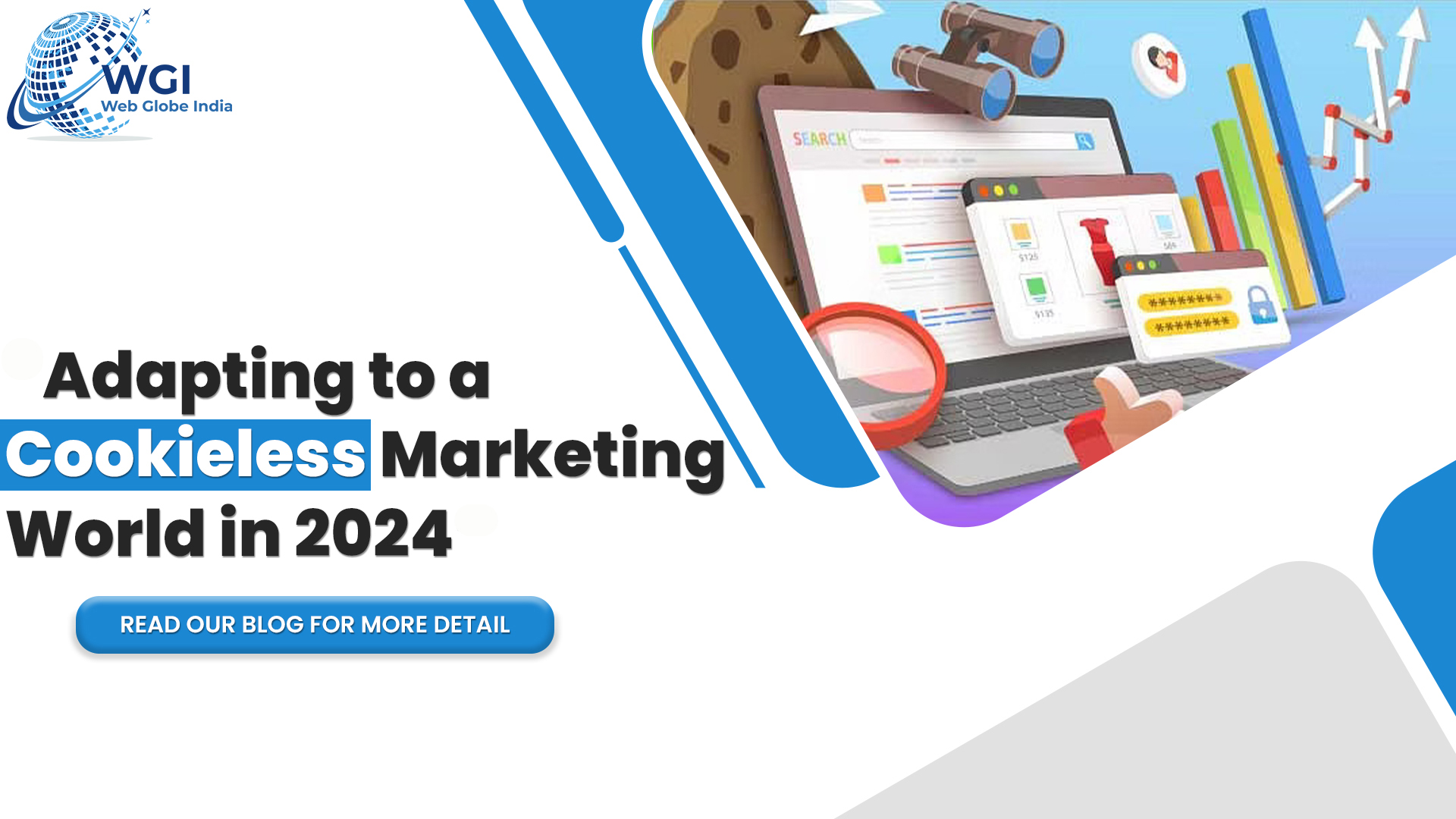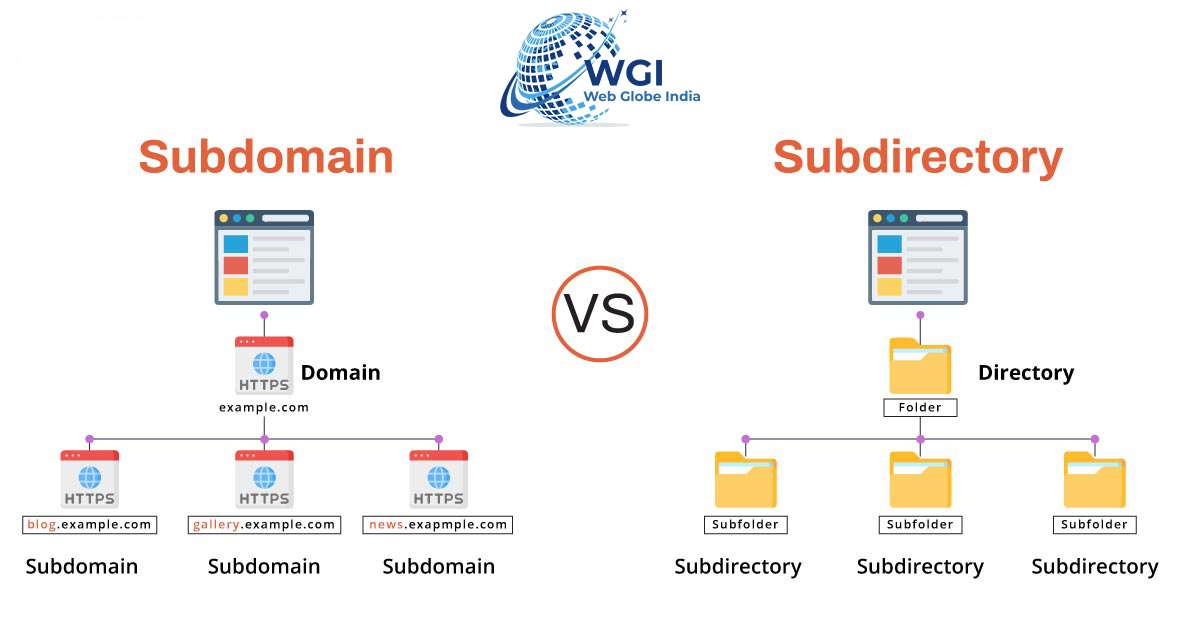The world of digital marketing is changing fast, especially with the upcoming end of third-party cookies and the introduction of Google’s Privacy Sandbox. These changes will reshape how marketers work online, bringing both challenges and opportunities. That’s why Adapting to a Cookieless Marketing World in 2024 is necessary.
Understanding the Change
By the end of 2024, major web browsers like Google Chrome will stop supporting third-party cookies. This change aims to improve user privacy by reducing tracking between different websites. For marketers, this means they need to rethink how they target audiences, personalize ads, and measure success.
Challenges and Opportunities
In a cookieless world, marketers face some challenges. One of the main challenges is losing detailed tracking and accurate reporting that cookies provided. There are also concerns about adapting to new technologies for tracking user behavior and ensuring they follow strict rules to protect user data, like GDPR. However, there are also opportunities. Marketers can move towards more ethical and transparent practices by focusing on collecting data directly from users (first-party data) and using consent-driven marketing strategies.
Google’s Privacy Sandbox
Google’s Privacy Sandbox is crucial in this transition. It aims to balance privacy concerns with the needs of marketers by introducing tools that categorize user interests without relying on third-party cookies. This approach protects user data and allows for targeted advertising based on anonymous signals.
Strategies for Marketers
To succeed in a cookieless environment, marketers should use several key strategies:
- Use Alternative Tracking Methods: Explore technologies like device fingerprinting or browser fingerprinting to track user activities across websites while respecting privacy.
- Use First-Party Data: Focus on collecting and using data obtained directly from users through permissions, subscriptions, or interactions for better accuracy and compliance.
- Implement Server-Side Tagging: Use tools like Google Tag Manager for server-side tagging, which improves data security and tracking reliability across different platforms.
- Use Conversion APIs: Integrate Conversion APIs from platforms like Facebook and Google to securely capture and analyze user actions using encrypted data for better privacy.
- Prioritize User Consent: Implement tools like Google’s Consent Mode v2 to obtain and respect user consent preferences, ensuring compliance and building trust.
Adapting to the Future
Looking forward, marketers need to stay flexible and informed about ongoing changes in cookieless technologies and regulations. Collaborating with industry peers and investing in specialized knowledge will be essential to navigate this new era of digital marketing.
Conclusion
The shift to a cookieless marketing world offers a chance for marketers to innovate and develop more ethical, privacy-focused practices. By embracing new tracking methods, focusing on first-party data, and complying with evolving rules, marketers can continue to deliver personalized experiences while respecting user privacy.
As we approach 2024, staying ahead of these changes will be crucial for not just surviving but thriving in a cookieless marketing environment. For more insights and updates on navigating this transition, keep following our blog.
Remember, adapting is key to success in a dynamic digital world. Let’s navigate this cookieless future together.







